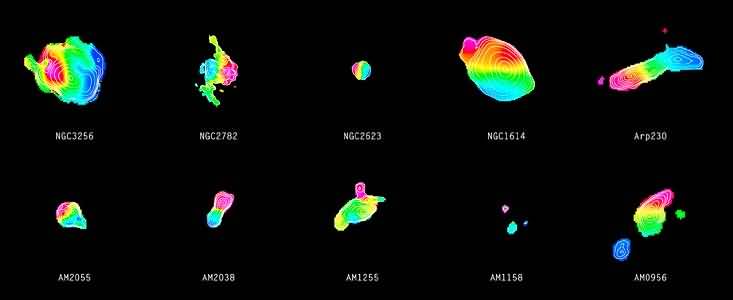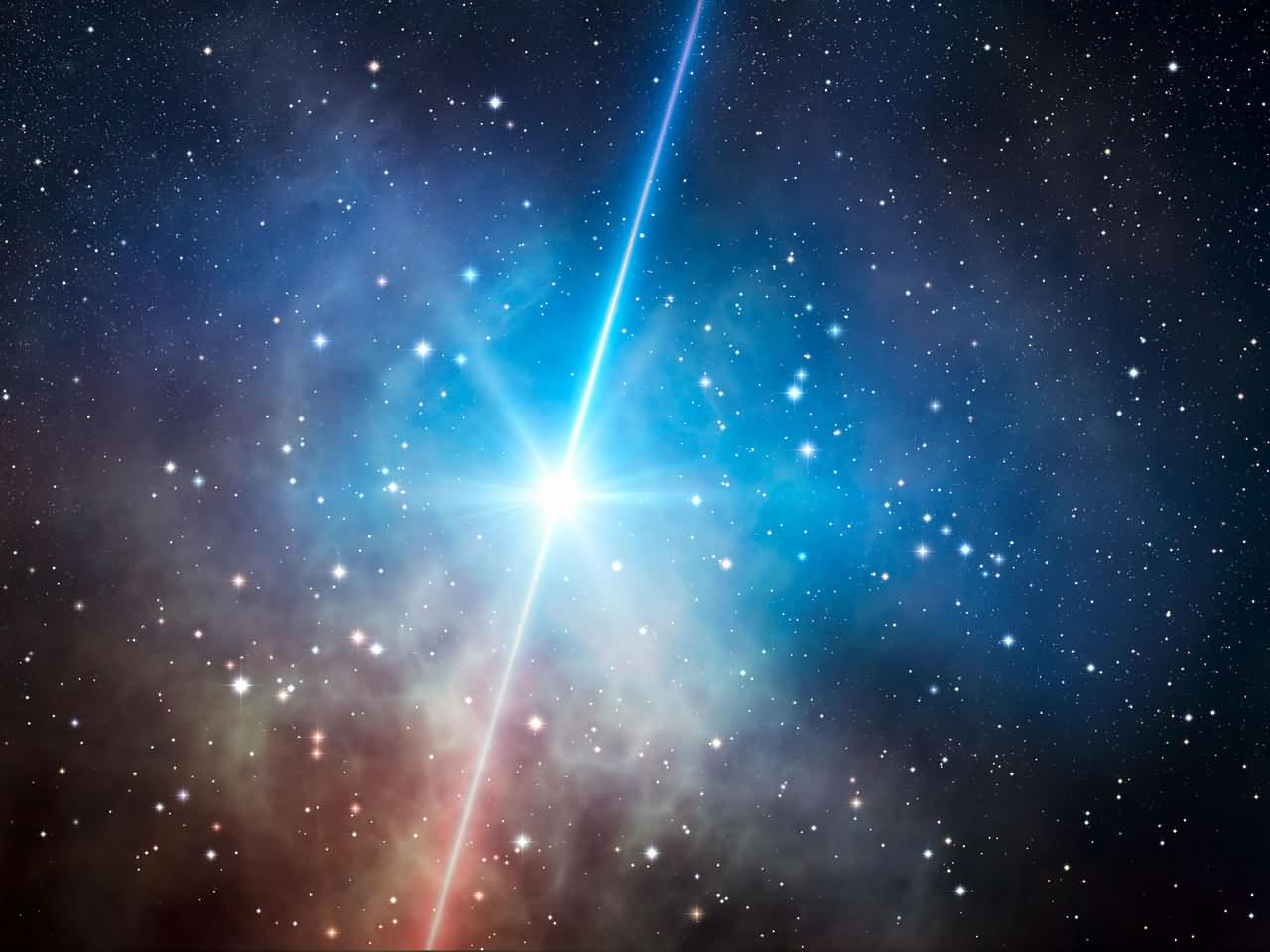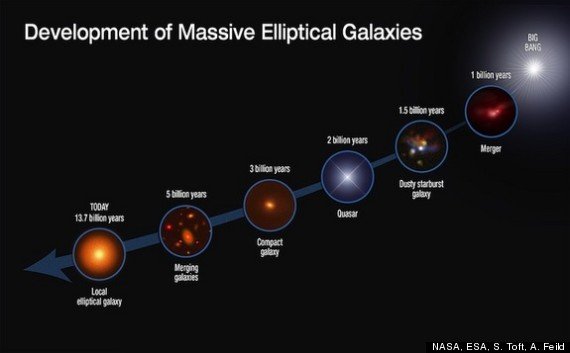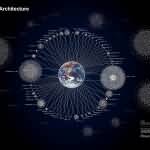ALMA Captures Violent Formation of Disk Galaxies
For decades, scientists believed that galaxy collisions typically resulted in the formation of elliptical galaxies. Now, for the first time, researchers using ALMA and other radio telescopes have found direct evidence that galaxy collisions do, in fact, form disk galaxies, and that this outcome is quite common. This surprising result may explain why spiral galaxies like the Milky Way are so abundant in the Universe.
Japan Society for the Advancement of Science According to observations made by an international research group led by postdoctoral researcher Junko Ueda, most galaxy collisions in the nearby Universe—within 40-600 million light-years—have resulted in the formation of disk-shaped galaxies. Disk galaxies—like the Milky Way—are spiral And Lens galaxies are characterized by flat-shaped regions of dust and gas—including elliptical galaxies are separate from the classification.
 For some time, it was widely accepted that disk-shaped galaxies that merged through collisions eventually evolved into elliptical galaxies. During these violent interactions, the colliding galaxies not only gained mass and smashed each other apart, but also changed their shapes and types over cosmic timescales.
For some time, it was widely accepted that disk-shaped galaxies that merged through collisions eventually evolved into elliptical galaxies. During these violent interactions, the colliding galaxies not only gained mass and smashed each other apart, but also changed their shapes and types over cosmic timescales.
Computer simulations in the 1970s predicted that collisions between disk galaxies of comparable size would result in an elliptical galaxy. Simulations contradict observations, and today, most of the galaxies predicted to be elliptical, are actually disk galaxies, over 70% of which are actually disk galaxies. However, more recent simulations indicate that collisions also produce disk galaxies.
To observe the shape of galaxies after the collision, the group investigated the distribution of gas within 37 galaxies in the final stages of the collision. They observed emissions of carbon monoxide (CO), a marker of molecular gas. Atacama Large Millimeter/submillimeter Array (ALMA) and many other radio telescopes [1] was used.
The team's research is the largest study to date of molecular gas in galaxies, providing unique insights into how the Milky Way galaxy formed. The study shows that nearly all galaxy mergers contain pancake-shaped, flat regions of molecular gas, suggesting the formation of disk galaxies. "These are the most complex," Ueda explains.Observational evidence for the formation of disk galaxies through galaxy collisions has emerged for the first time. This is a major and unexpected step toward understanding the mystery of disk galaxy formation."
However, there is still much to discover. Ueda adds:We must focus on star formation within these gaseous disks. Then, we need to look much further into the distant Universe. We know that most galaxies in the more distant Universe have disks. However, we don't yet know whether galaxy mergers are also responsible for the disks, or whether cold gas falls into the galaxy and forms them. Perhaps we've found a mechanism that has operated throughout the history of the Universe."
Notes
[1] For data TAKINGIn addition to ; Integrated System for Millimeter-Wavelength Astronomy Studies: Californiaa millimeter array of 23 parabolic antennas located on Mauna Kea, Hawaii; a millimeter array of eight parabolic antennas located on Mauna Kea, Hawaii Submillimeter System; Bure Plateau Interferometer; NAOJ Nobeyama Radio ObservatoryThe 45m radio telescope in; US National Radio Astronomy Observatory 12 meter telescope; Five University Radio Astronomy Observatories in the USA 14-meter telescope; IRAM 30m telescope; and Sweden-ESO Submillimeter Telescope has been used.
Source: European Southern Observatory ESO









